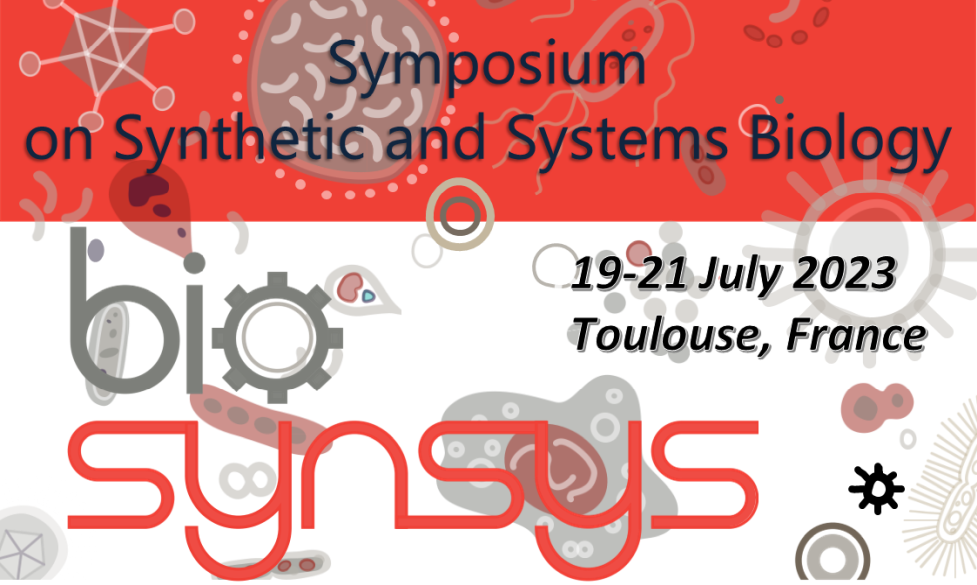Lysate-based cell-free systems are complex mixtures of enzymes and small molecules that can perform in vitro biological processes, such as transcription, translation, and biochemical reaction cascades. They are generated by extracting cellular machinery through cell lysis and then enriching the resulting lysate with a buffer. This buffer supplies ribonucleosides, amino acids, an ATP regeneration system, and several biochemical cofactors, making it possible to express any DNA of interest. Due to their simplified biochemical composition and the absence of cellular membranes, cell-free systems are invaluable tools for unraveling cellular processes, as demonstrated by the seminal work of Nirenberg and Matthaei (1960's) in deciphering the genetic code. Nowadays, these systems find widespread applications in protein production, biosensing, and the development of genetic circuits in biotechnology. My doctoral project aims to develop an Escherichia coli lysate-based cell-free system that allows for the expression of an entire bacterial genome, resulting in a transcriptome that can be sequenced by RNA-seq. Only requiring a genome (extracted or synthetized), such a system will allow to deepen our understanding of non-cultivable bacteria (for instance it constitutes 70% of the human gut microbiota) by revealing transcriptional landscapes and testing regulatory mechanisms at the genomic level in different biochemical conditions. Here, I will present our strategy and preliminary results in developing such a platform for cell-free transcriptomics, from the tuning of a reporter system to monitor RNA production to the expression of a bacterial genome in cell-free. Especially, I will focus on the optimization of the buffer by exploring a combinatorial space of 1.6 million compositions to maximize RNA production in cell-free. To do so, I will use the malachite green aptamer as a straightforward reporter system, and a machine learning approach.

|
|
|
|
Development of a cell-free system for bacterial genomes expression to explore transcriptional landscapes of non-cultivable bacteria
1 : MICrobiologie de l'ALImentation au Service de la Santé AgroParisTech, Université Paris-Saclay, Institut National de Recherche pour l’Agriculture, l’Alimentation et l’Environnement
|
 PDF version
PDF version
